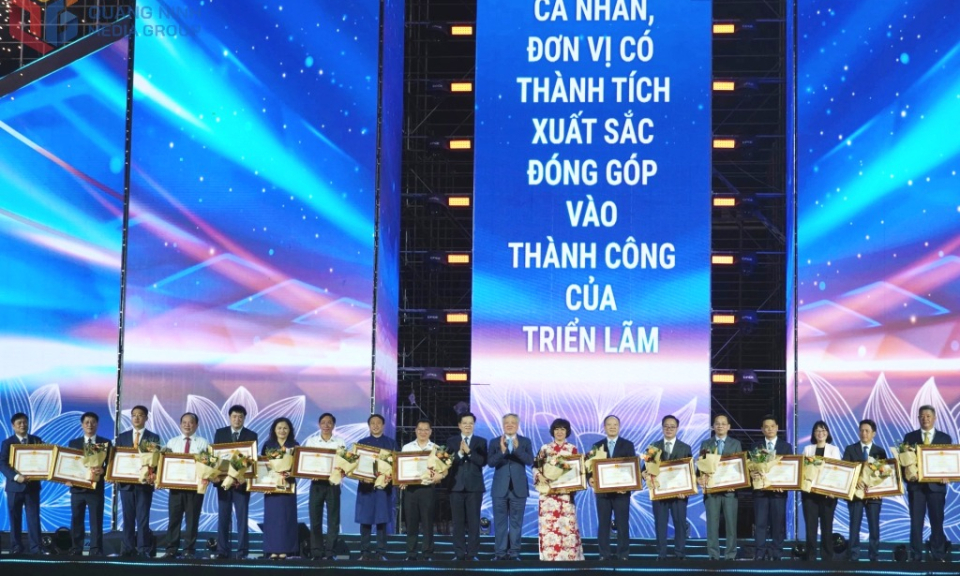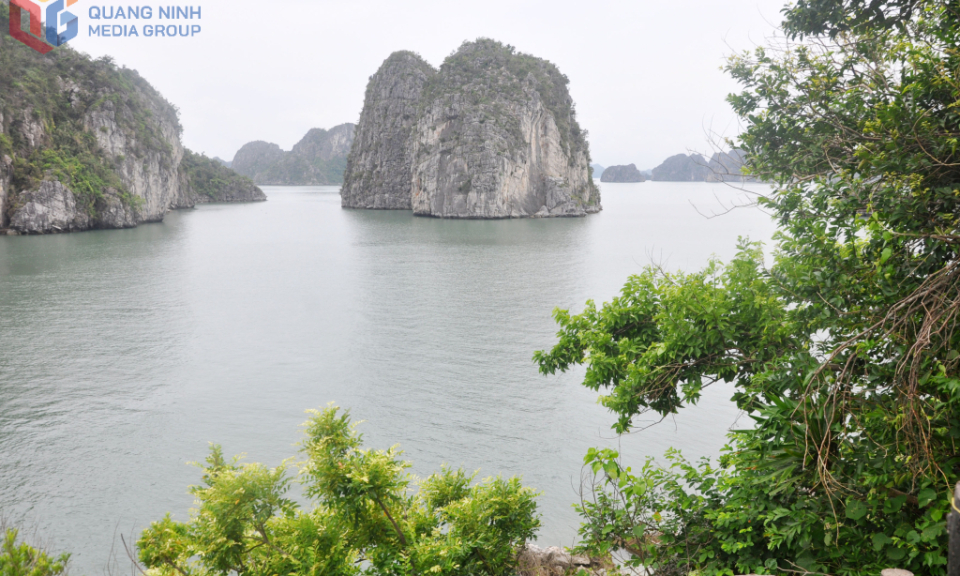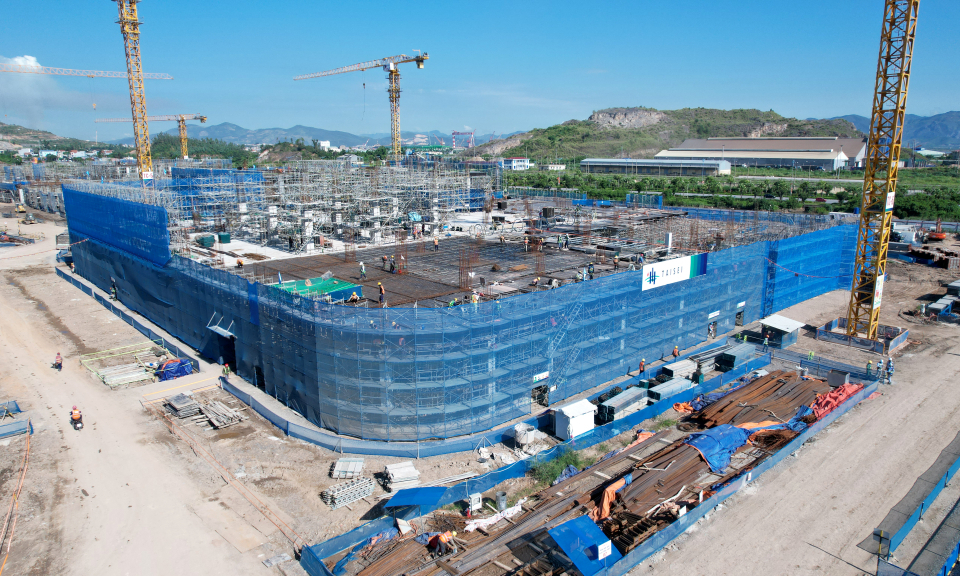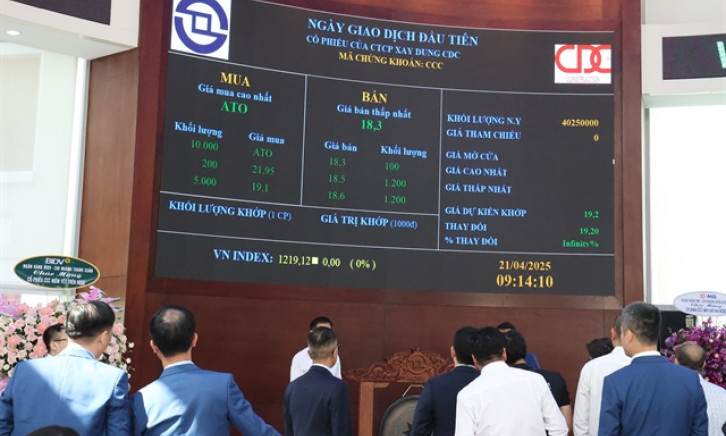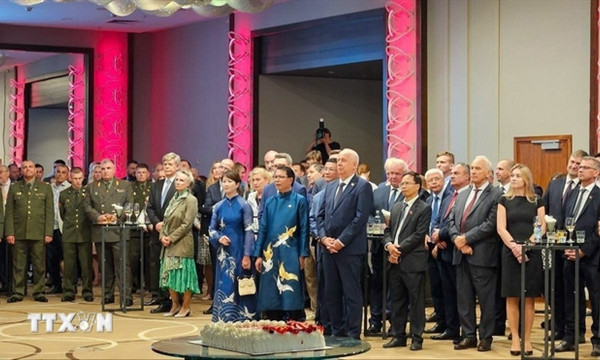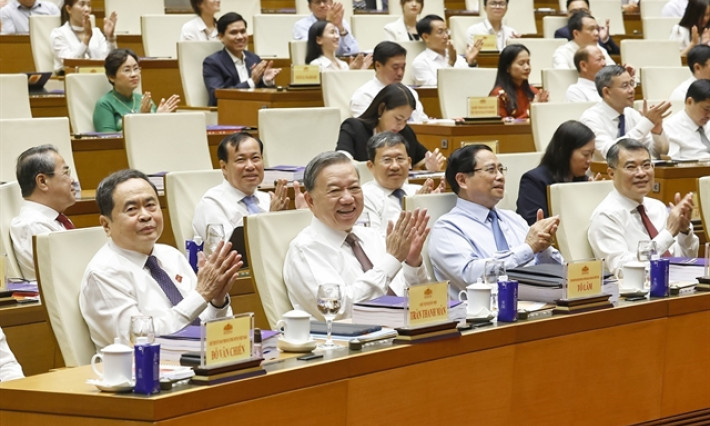ASEAN urged to transform into a middle-class society, regional supply chain
ASEAN should evolve into a middle-class society, becoming a substantial consumer market rather than merely serving as production sites in the traditional model of export-led industrialization, Liew Chin Tong, Deputy Minister of Invesment, Trade and Industry (MITI) has said.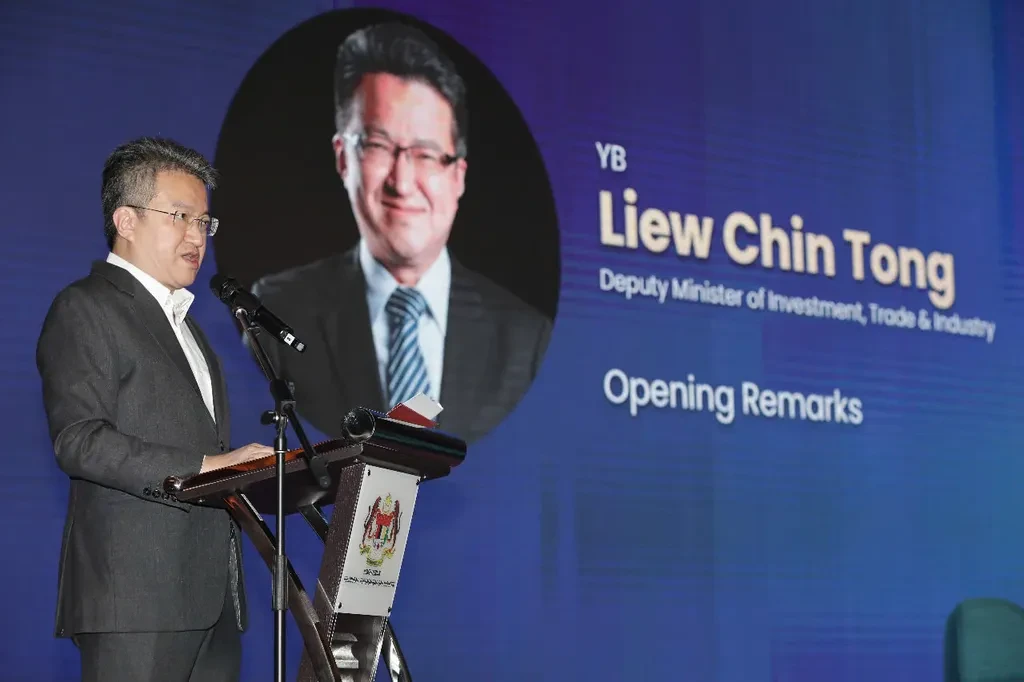
ASEAN should evolve into a middle-class society, becoming a substantial consumer market rather than merely serving as production sites in the traditional model of export-led industrialization, Liew Chin Tong, Deputy Minister of Invesment, Trade and Industry (MITI), has said.
Deputy Minister Liew Chin Tong made the statement while opening the ASEAN Economic Opinion Leaders Conference themed “Outlook for 2025” in Kuala Lumpur on Wednesday.
Over the past 70 years, Asia has witnessed significant economic growth but there is a limit to export-oriented industrialisation as this growth has largely relied on exporting to the United States and, to a lesser extent, Europe.
The region’s heavy reliance on the model encourages multinationals to suppress wages, positioning us as a low-cost production destination, Liew Chin Tong said.
“Asian economies cannot forever think of the United States as the export destination of the first and last resort. We will have to create more consumer markets, especially in ASEAN,” he stressed.
He added that it has become common to offer tax cuts or holidays to attract these multinational companies, but ASEAN member states should not “enter into a race” by offering wages, tax cuts and tax holidays.
As nations begin to adopt the Global Minimum Tax (GMT), there is an urgent need for ASEAN member states to collaborate on an agreement to prevent any circumvention of the GMT, the deputy minister said.
ASEAN must unite and communicate to multinationals that collecting these taxes is essential for the greater good of our people. This effort is crucial for ASEAN's emergence as a middle-class society, which will create a substantial market for all, including multinationals, he stressed.
The bloc should be prioritise the protection of the climate and environment, Liew Chin Tong said while highlighting the need for sustainable development.
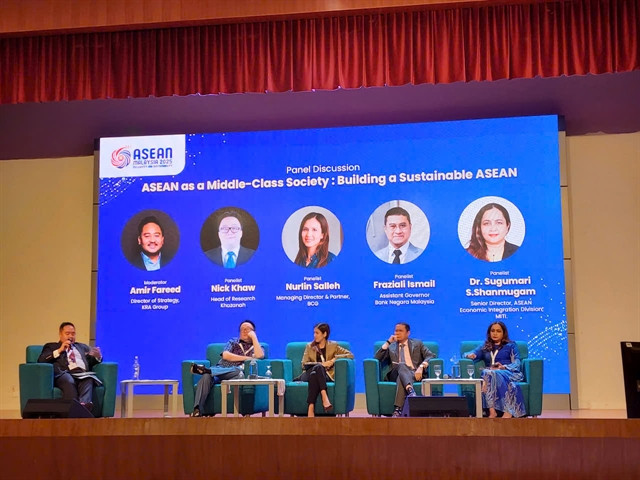
Stressing the necessity for fostering stronger regional solidarity, the deputy minister said this is the time for ASEAN member states to view one another not as competitors, but as complementary partners in building a resilient regional supply chain.
He gave the example that the Johor-Singapore Special Economic Zone holds the potential to create an exciting future and serve as a role model. Additionally, promoting more ASEAN-wide joint investment projects and sub-regional cooperation will strengthen the ASEAN supply chain significantly.
Related to challenges that ASEAN is facing, Satvinder Singh, Deputy Secretary-General of ASEAN Economic Community (AEC), said despite the rise of protectionism, ASEAN leaders have consistently advocated for open and free markets. While many countries retreated into protectionist stances during the COVID-19 pandemic, ASEAN seized the opportunity to negotiate the world's largest free trade agreement, RCEP, which is now fully operational. This has sparked interest from other nations seeking to join.
“In addition to RCEP, we are actively upgrading our free trade agreements with major trading partners, notably China and India. We hope that this year will bring positive developments, allowing us to enhance our commitments with both countries by year-end, benefiting all involved,” Singh said.
We are trying to connect the ASEAN single window to some of our large trade partners, and also upgrading the system to make it even more efficient, Singh added.
Another problem is demographic aging like Singapore, Thailand, Brunei, and even Việt Nam, are facing, the official said.
“We must consider these factors as we plan and reorganise our strategies,” Singh said, adding that incorporating these elements into our ASEAN Economic Community Plan for the next 20 years is essential for sustainable development.
“Both energy and food supplies will be significant concerns that we need to address comprehensively. Our dependence on fossil fuels remains high, presenting unique challenges compared to other regions.”
Singh gave an example of Japan which has been actively reducing its energy demand in response to demographic changes. In ASEAN, however, is facing different issues that require careful consideration and strategic planning moving forward.
Highlighting the significance of middle income class to the sustainability of long term growth Dr. Sugumari S.Shanmugam, senior director of ASEAN Economic Integration Division of MITI, said that middle income class tends to support investment in human capital, infrastructure services, the development of social protection systems and the provision of reliable and fair public services.
She said that enhancing trade and investment is a key strategy for alleviating poverty and fostering a larger middle-income society. Opening up to trade significantly boosts a country's GDP and allows for more efficient resource utilisation.
Additionally, trade directly contributes to poverty reduction by creating new employment opportunities. “As ASEAN Chair this year, we remain committed to advancing this strategy moving forward.”
“We are in the process of upgrading our intra-ASEAN trade agreements and exploring further enhancements with our dialogue partners. This effort takes into account new and emerging issues affecting our trade agreements.”
ASEAN are not only focusing on traditional markets but are also looking to expand its reach. “We propose a joint declaration on ASEAN-Gulf Cooperation Council (GCC) collaboration during the 46th ASEAN Summit in May this year,” Dr. Sugumari said. This initiative aims to pave the way for closer ties with the GCC, recognising its significant economic potential and role as a global investor, she added.
As ASEAN Chair, Malaysia aims to focus on narrowing development gaps, addressing income inequality, and eradicating poverty.
“We are confident that ASEAN, home to over 680 million people—including around 230 million youths—holds great potential for elevating more individuals into the middle-income bracket with the right policies and strategies in place,” Dr. Sugumari stressed.

